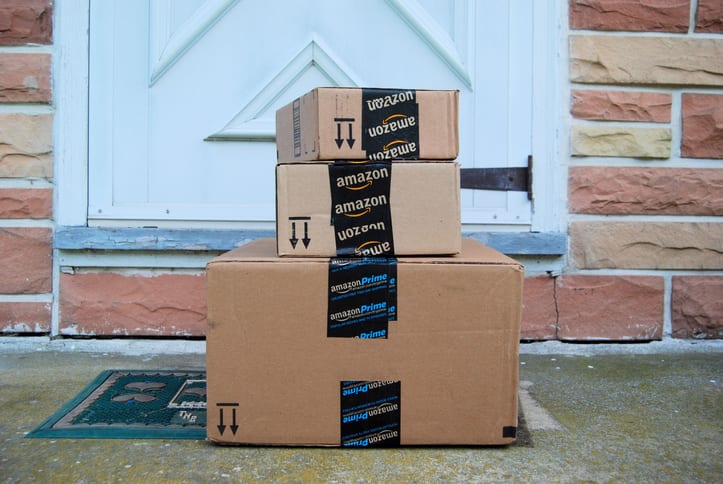Retail
Prime Day Is a Prime Day for Retailers ‑‑ And Not Just Amazon
October 8, 2020

Everything about this year has guaranteed a holiday season unlike any other. Throughout the coronavirus pandemic, many consumers have adopted new shopping habits, more inclined to shop online or take advantage of curbside pickup while they avoid brick-and-mortar stores, whether out of caution or stay-at-home orders. For retailers, the latter have created added pressure to crush Q4, already a high-stakes time of year. As a result, we’re looking at an extended holiday season, which Prime Day unofficially kicked off.
When Amazon launched Prime Day in 2015, it was almost like Christmas in July, the ultimate loyalty event promising Prime members “more deals than Black Friday.” This year’s Prime Day was Amazon’s best day ever, generating an estimated $10.4 billion in sales, a 36% increase over the previous year.
By the time Amazon announced its delayed Prime Day dates, many other brands — Target, Kohl’s and Nordstrom among them — had already shared plans to start holiday sales around Halloween.
What Prime Day Means for Macy’s, Target, eBay, etc.
Surveying 200 retail executives, RetailMeNot found that 54% planned their promotions around Prime Day. For many brands, that meant creating their own competing events. Walmart’s Big Save events starts a little earlier and ends a little later. Compared with last year, Target’s Deal Days promises nearly 1 million more deals, many of which extend to same-day deliver, BOPIS, and curbside pickup.
Not every retailer launched its own ecommerce extravaganza. Many simply have deals that coincide with Prime Day. eBay, for example, has offered customers 110% of the price difference if they were able to find an item for less on an approved competitors’ website. That list, of course, includes Amazon. eBay also promised extra discounts if Amazon’s website crashed during Prime Day, as it did for about an hour in 2018.
Clearly, Prime Day has outgrown Amazon over the past five years. It’s become a massively important shopping event. Last year, the brands that participated experienced a 30% increase in traffic from RetailMeNot, while those without deals saw 4% less traffic, relative to the rest of July. Similarly, other large retailers experienced a 68% increase in online sales, while niche retailers boosted ecommerce by 28%.
The Benefits of Brand Loyalty
The success of Prime Day is particularly impressive once you consider that Amazon… just kind of made it up to celebrate the company’s 20th anniversary. And while Amazon has experienced success on a grand scale, the concept of creating holidays isn’t unusual in the retail space.
Nordstrom has a huge Anniversary Sale every year, a popular enough event that People wrote an article on how to get the best deals. (Number one: Join the loyalty program for early access and extra points.) Similarly, Wayfair saw a 325% per-day increase in sales during the second annual Way Day in April.
The success of these made-up ecommerce holidays broadcasts a few things to retailers. For one, it underlines the importance of brand loyalty. We already know that loyal customers are the best customers and if yours are loyal enough, you can invent new shopping holidays.
The New Retail Calendar
Prime Day also demonstrates that “the holidays” aren’t limited to those last few weeks of the year, as consumers keep starting their shopping earlier and earlier. The pandemic accelerated that trend to the point that AlixPartners called the traditional holiday calendar “meaningless,” adding October to its holiday forecast for the first time.
The consulting firm found that 49% of people plan to start shopping no later than Halloween. That means that even though it’s barely mid-October, the holidays are here. Are you ready?
The State of Brand Loyalty in the U.S. in 2023
Related



